I used to think all resins were basically the same. Same mix, same pour, same results—right? Wrong. The first time I used table top epoxy on a delicate canvas pour, it cured too fast, pulled the color, and left me with a wavy, high-gloss mess. That same week, I tried art resin on a small tray—and it came out perfect. If you're wondering what the actual difference between art resin and table top epoxy is, here's everything I wish I’d known before I ruined a few pieces.
Why I Needed to Know the Difference
I assumed all resins were the same — they’re not
My projects started getting more varied: canvas art, coasters, large river tables. I learned real fast that one resin doesn’t fit every job. And it’s not just about looks—it’s about how it cures, how it handles wear, and whether it’ll survive outside. (If you're wondering, yes—I've tested that too: here’s what I learned.)
One worked perfectly for my artwork… the other ruined it
Let’s just say high-viscosity resin and a thin photo panel do not mix well.

What Is Art Resin?
Designed for fine art, small pours, and aesthetic finish
It’s made for artists—think coasters, trays, painted wood panels. It’s easy to pour, self-levels like a dream, and doesn’t rush you.
Lower viscosity and longer working time
It flows smoother, which makes it better for detail work or mixing color.
Why artists love it (and where it struggles)
It’s crystal clear and easy to use, but it's *not* made for thick pours or high-impact furniture. Ask me how I know.
What Is Table Top Epoxy?
Made for durability, clarity, and surface strength
This is your go-to for epoxy river tables, bar tops, kitchen counters, and any build that needs to last.
Cures harder and faster — great for function, not finesse
It holds up to scratches and heat better, but that faster cure window can be stressful. (Check out what I learned after scratching one of mine: do epoxy tables scratch easily?)
When I reach for table top resin over any other type
If it’s furniture or anything bigger than 1/8” thick, I’m using table top or deep pour epoxy every time.

Key Differences That Mattered in My Projects
Viscosity and flow: big impact on coverage and edges
Art resin spreads smoother. Table top epoxy can clump if you pour it too thick too fast.
Cure time: fast isn’t always better
Art resin gives you time to play. Table top resin? You’ve got a window—and then it’s done. (This also affects heat buildup, which I talk about more here.)
Finish: gloss levels, yellowing, and clarity over time
Both are glossy, but art resin tends to stay clearer longer under the right conditions. I wrote more on yellowing here: do epoxy tables yellow?
Heat and scratch resistance — especially for daily use
Table top epoxy wins here. I’ve dropped tools on it without leaving a mark. Art resin scratches way easier.
Pour depth limits — and when it causes problems
Art resin should be used thin. Table top epoxy handles 1/8" to 1/4" pours, but for anything deeper? Go with casting resin. (I covered some of this in my volcano table experiment.)
UV protection and color stability
Art resin often includes better UV protection upfront. Table top epoxies vary—cheap brands will yellow fast.
Side-by-Side: When to Use Each One
Choose Art Resin for:
- Canvas art and prints
- Coasters and trays
- Jewelry and small molds
- Anything where color blending or fine detail matters
Choose Table Top Epoxy for:
- Dining and coffee tables
- Countertops and desktops
- Projects that need durability
- Any flat surface that takes daily use

My Personal Wins (and Fails) With Each Type
What went right with Art Resin (on a small canvas pour)
No bubbles, no rush, no sanding. Just a flawless finish on my first try.
What went wrong when I used table top epoxy on thin art
It cured too fast and warped the paint. Total loss. The gloss looked great—but the art didn’t survive.
What saved my project when I combined both intentionally
I’ve started doing deep pours with table top epoxy, then sealing with a thin art resin coat for clarity and UV protection. It’s the best of both.
Questions I Had Before Using Either One
Can I mix art resin and table top epoxy together?
Nope. Never mix brands or types. But you can layer one over the other once cured.
Is one more food-safe than the other?
Depends on the brand, not the type. Look for FDA-compliant options. I dug deeper into food safety in this blog.
Which one resists yellowing better over time?
Art resin usually holds up better long-term—but only if it’s kept out of direct sun.
Can I use art resin on furniture or tabletops?
Technically yes, but I wouldn’t. It scratches too easily and won’t hold up to daily use like table top epoxy does. For beginners, I’d always suggest starting here: epoxy FAQs for beginners.

Final Verdict: Which One Do I Recommend?
My go-to for small projects vs. large-scale tables
- Art Resin: coasters, art, decorative trays
- Table Top Epoxy: tables, counters, functional surfaces
Tips for choosing based on your project goals
Start with where the piece is going. Is it for show or daily use? Are you embedding flowers or stacking books on top of it? If it’s something you’ll touch, lean durable.
Why knowing the difference saved me time, money, and stress
I’ve poured hundreds of hours (and way too many dollars) into epoxy mistakes. Knowing your resin makes all the difference.
Thanks for taking the time to read—I really appreciate it. I hope something in my process (or my mistakes) helps you along the way. If you want a custom piece or hit a wall building your own, feel free to drop a comment or reach out—happy to help. Have a blessed day!
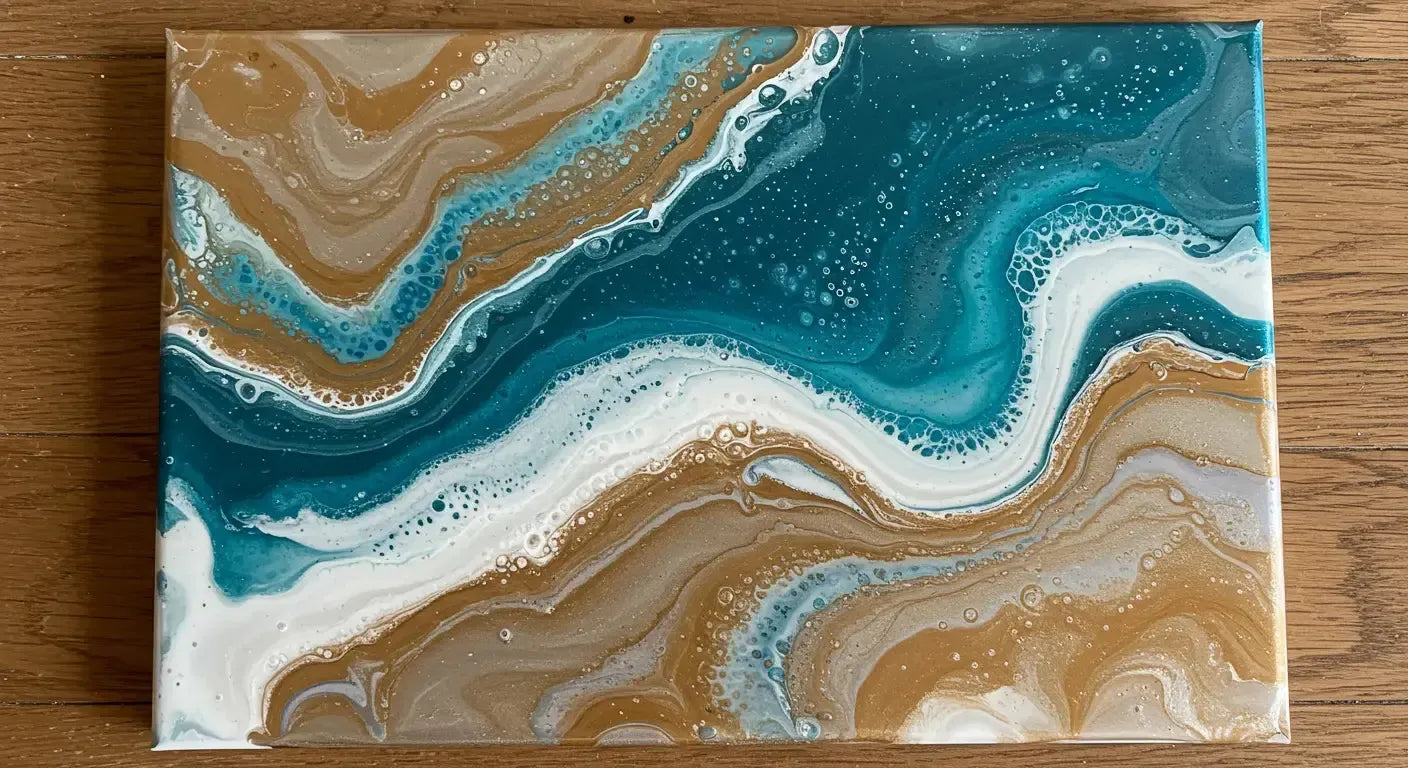
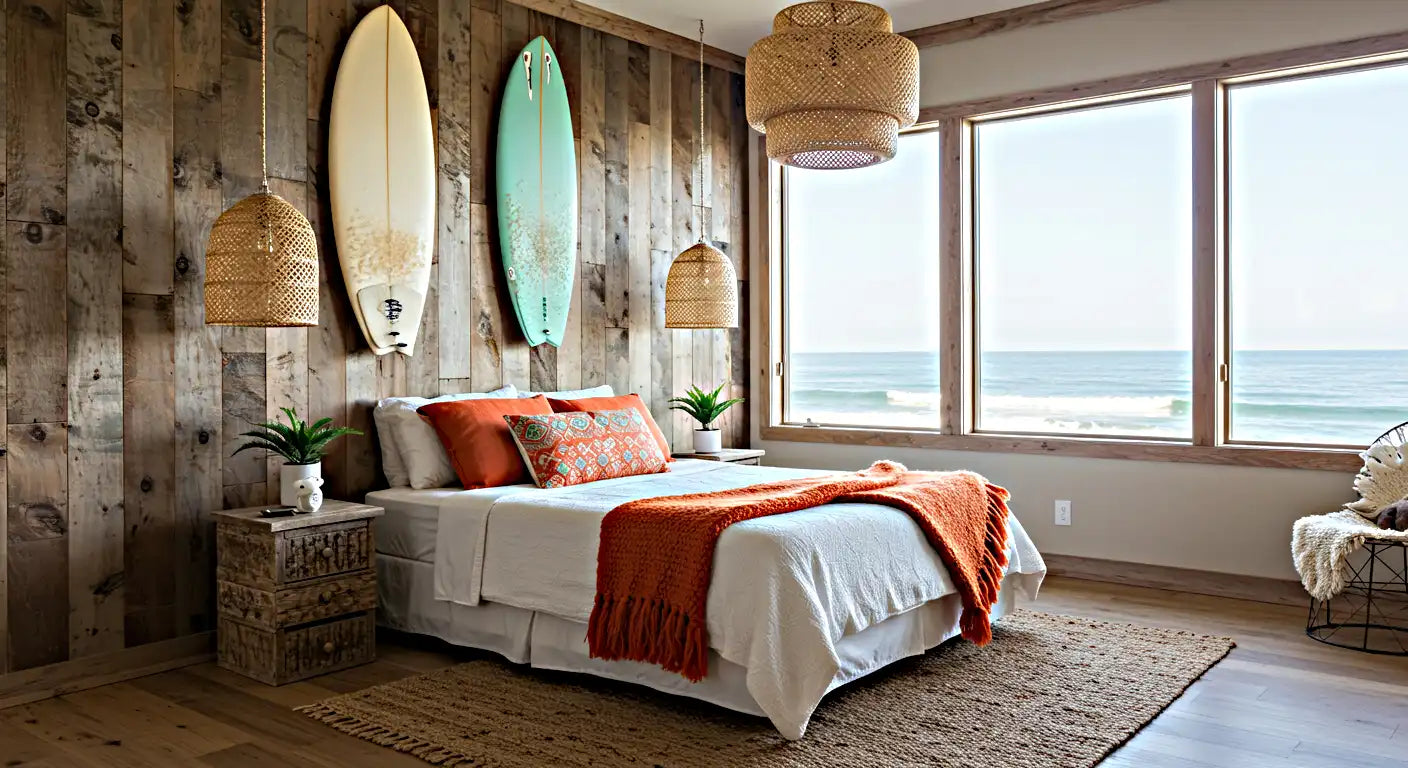
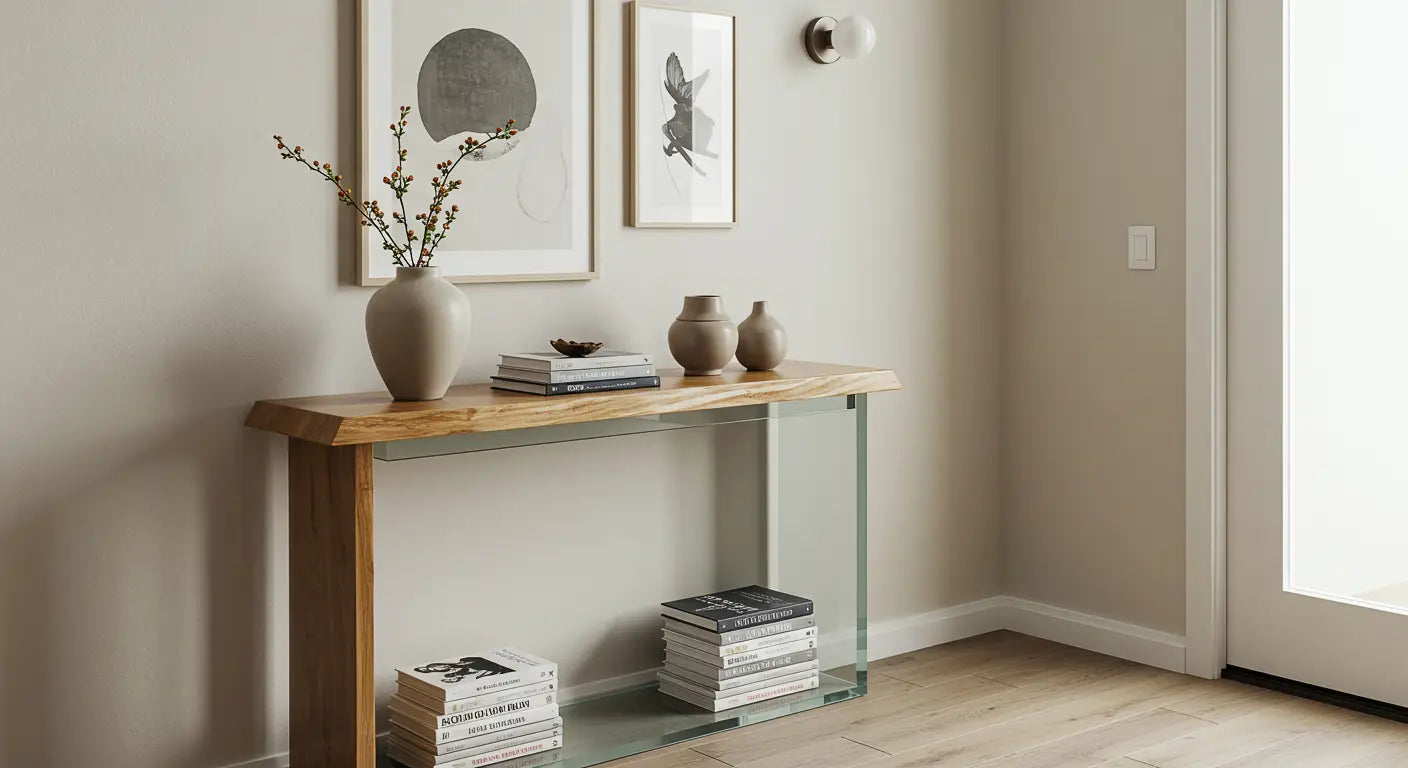
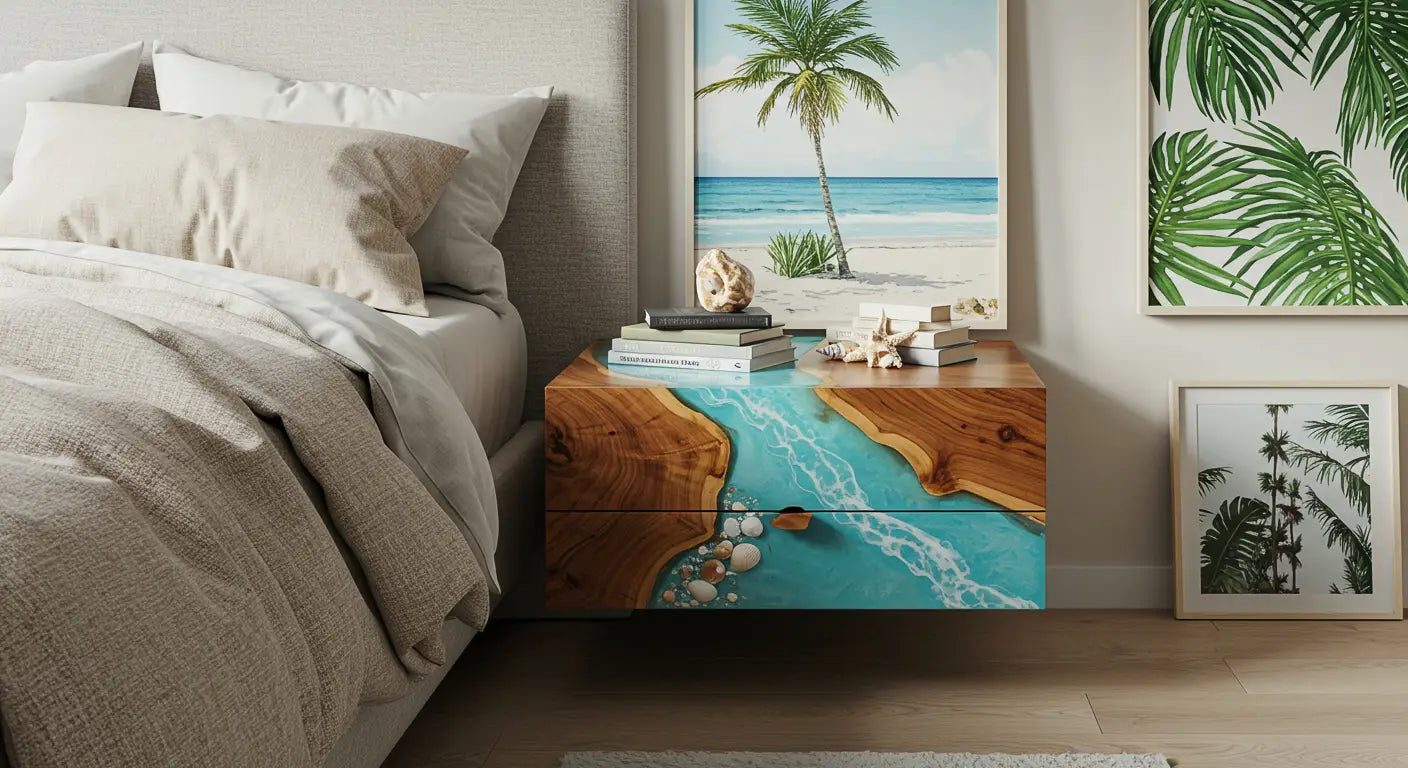
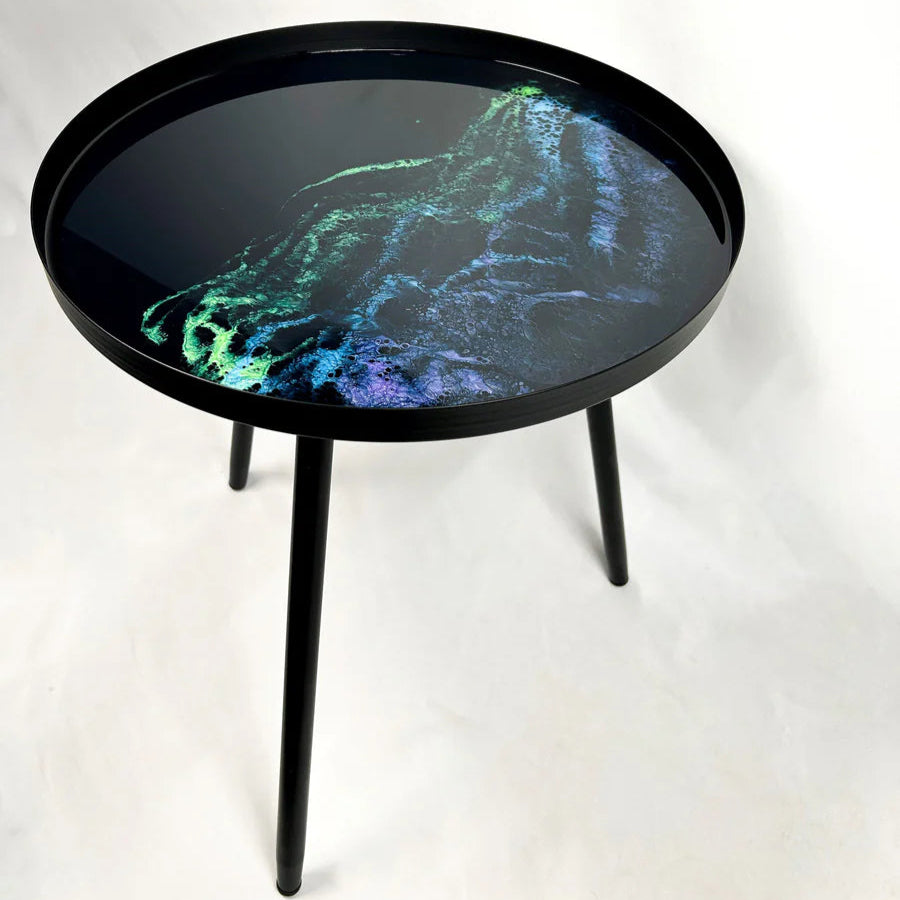
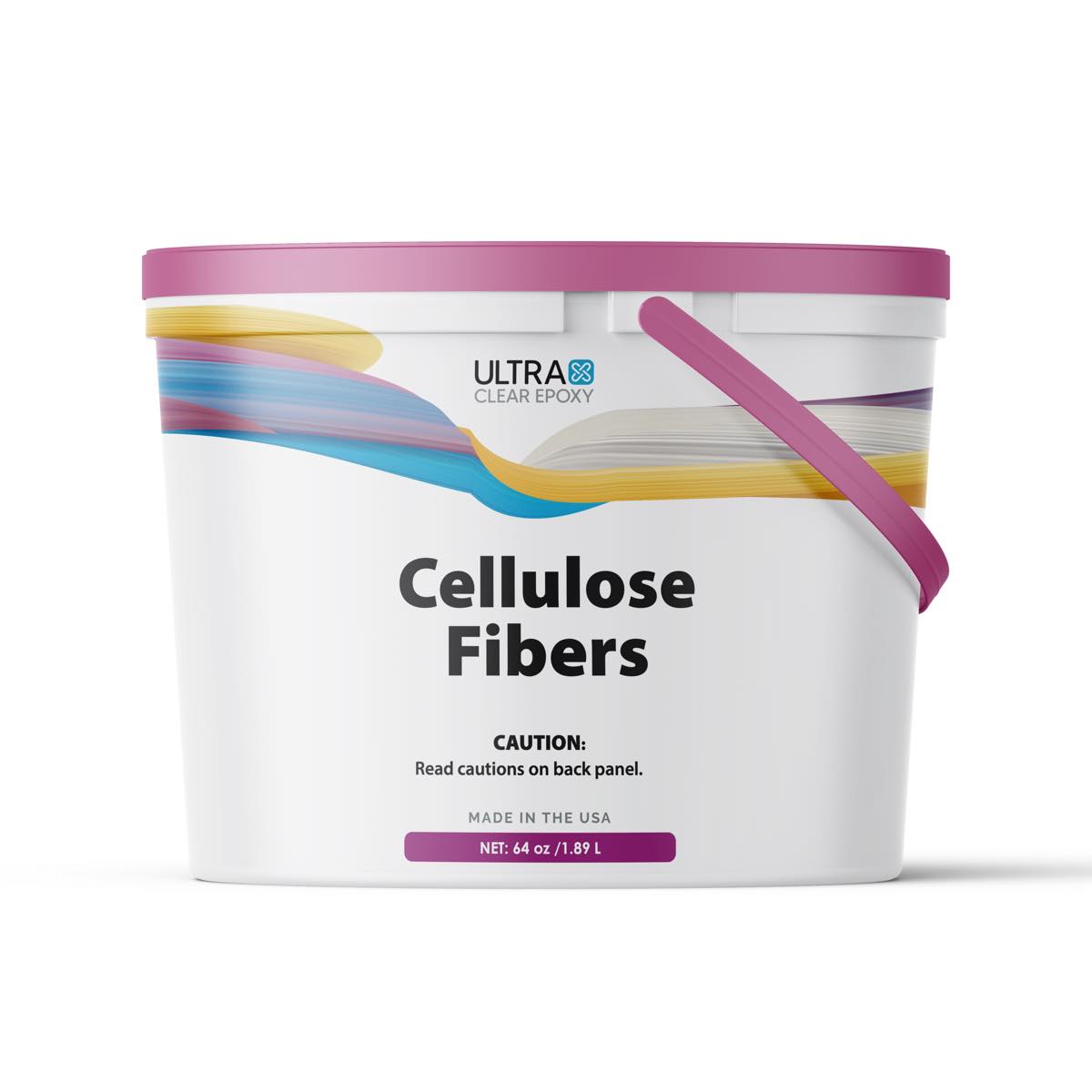
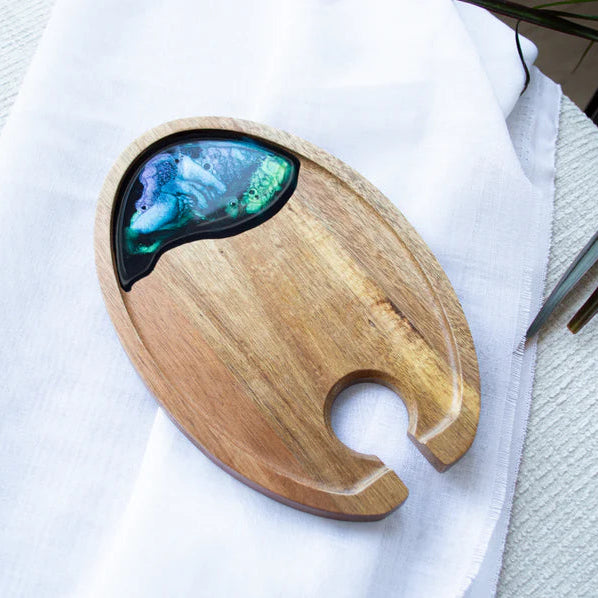
Share:
1 comment
Thank you very much for sharing your insights! I can’t imagine the kind of frustration you must’ve experienced and you’ve certainly saved me a lot of bother. I really appreciate it!